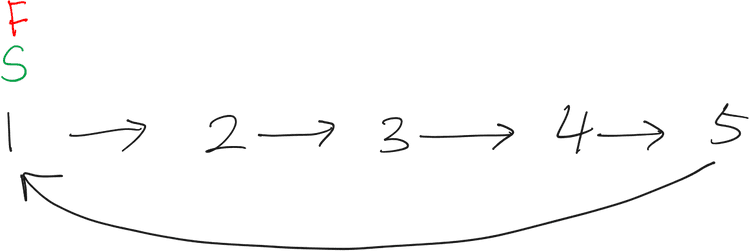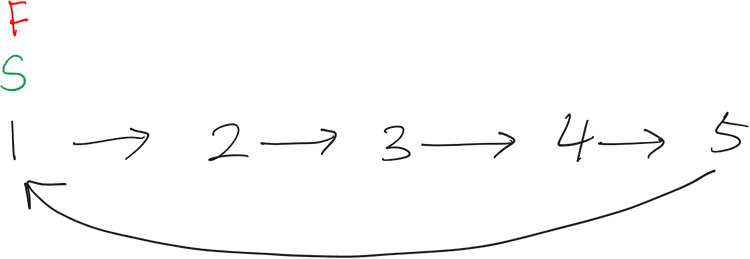- 0. 1/0 Knapsack Problem
- 0. Bike Rental Scheduling
- 0. Max Sum Increasing Subsequence
- 1. Two Sum
- 19. Remove Nth Node From End of List
- 35. Insert Search Position
- 45. Jump Game II
- 53. Maximum Subarray
- 63. Unique Paths II
- 70. Climbing Stairs
- 72. Edit Distance (Levenshtein Distance)
- 75. Sort Colors (Dutch National Flag)
- 78. Subsets (Power Set)
- 136. Single Number
- 141. Linked List Cycle
- 150. Evaluate Reverse Polish Notation
- 160. Intersection of Two Linked Lists
- 169. Majority Element
- 200. Number of Islands
- 210. Course Schedule II
- 215. Kth Largest Element in an Array
- 226. Invert Binary Tree
- 231. Power of Two
- 234. Palindrome Linked List
- 237. Delete a Node in a Linked List
- 279. Perfect Squares
- 322. Coin Change
- 323. Number of Connected Components in an Undirected Graph
- 344. Reverse a String
- 380. Insert Delete GetRandom O(1)
- 383. Ransom Note
- 392. Is Subsequence
- 406. Queue Reconstruction by Height
- 417. Pacific Atlantic Water Flow
- 468. Validate IP Address
- 490. The Maze
- 509. Fibonacci Number
- 518. Coin Change II
- 520. Detect Capital
- 528. Random Pick with Weight
- 690. Employee Importance
- 700. Search in a Binary Search Tree
- 703. Kth Largest Element in a Stream
- 705. Design Hashset
- 706. Design Hashmap
- 733. Flood Fill
- 912. Sort an Array
- 933. Number of Recent Calls
- 994. Rotting Oranges
- 1029. Two City Scheduling
- 1431. Kids with Greatest Number of Candies
- 1436. Destination City
- 1437. Check If All 1's are at Least Length K Places Away
- 1446. Consecutive Characters
- 1447. Simplified Fractions
- .
141. Linked List Cycle
Last Updated: 2020.05.04
Table of Contents
Resources
Question Source: https://leetcode.com/problems/linked-list-cycle
Two Pointer: O(n) / O(1)
Intuition
When there is a cycle, a pointer that traverses the linked list will be caught in the loop forever. It will never reach the None state at the end of the linked list.
We can check if there is a loop by having 2 pointers that traverse the linked list at different speeds.
Pointer slow moves one node at a time, while pointer fast moves 2 node at a time.
- If there is no cycle,
fastwill arrive at theNonefirst beforeslow - if there is a cycle, then
fastwill be caught in the loop indefinitely, and eventuallyslowwill catch up. Meaning thatfastandslowwill meet up at some point.
Big-O
Our time complexity is O(n) because at most the fast pointer will continue to cycle in the loop while the slow pointer is catching up. In the below trace, the slow pointer had to traverse the entire list, and then meet up with the fast pointer at the beginning, so the number of operations was n + 1. Depending on the way the graph is cycled, the slow pointer would have to traverse n + k nodes, for some k where k < n. So our runtime is O(n+k) which aysmptotes to O(n).
Trace
Cyclical Linked List






Acyclical Linked List




Code
# Definition for singly-linked list.
class ListNode:
def __init__(self, x):
self.val = x
self.next = None
class Solution:
def hasCycle(self, head):
slow = head
fast = head
while fast != None and fast.next != None:
slow = slow.next
fast = fast.next.next
if slow == fast:
return True
return False
if __name__ == '__main__':
# Set up the linked lists
# 1 -> 2 -> 3 -> 4
a1 = ListNode('1')
a2 = ListNode('2')
a3 = ListNode('3')
a4 = ListNode('4')
a1.next = a2
a2.next = a3
a3.next = a4
s = Solution()
# no cycle - FALSE
print(s.hasCycle(a1))
# cycle 4 -> 1 - TRUE
a4.next = a1
print(s.hasCycle(a1))
# cycle 3 -> 2 - TRUE
a4.next = None
a3.next = a2
print(s.hasCycle(a1))
# edge case: no node - FALSE
a3.next = a4
a1 = None
print(s.hasCycle(a1))
# edge case: only one node - FALSE
a1 = ListNode('1')
a1.next = None
print(s.hasCycle(a1))Dictionary: O(n) / O(n)
class LinkedList:
def __init__(self):
self.head = ListNode("head")
self._size = 0
def insertEnd(self,item): # item is a ListNode
cur = self.head
while cur.next is not None:
cur = cur.next
cur.next = ListNode(item)
self._size += 1
def __str__(self):
output = ""
cur_node = self.head.next
while(cur_node):
output += str(cur_node.val) + "→"
cur_node = cur_node.next
return output
def cycle(self,node_val):
if self._size == 0:
return False
cur_node = self.head.next
while cur_node is not None:
if cur_node.val == node_val:
dest_node = cur_node
elif cur_node.next == None:
last_node = cur_node
cur_node = cur_node.next
print(last_node)
print(dest_node)
last_node.next = dest_node
class ListNode:
def __init__(self, x):
self.val = x
self.next = None
class Solution:
def hasCycle(self, head: ListNode) -> bool:
memo = {}
if head == None or head.next == None:
return False
cur_node = head.next
while cur_node != None:
if id(cur_node) not in memo:
memo[id(cur_node)] = 1
else:
return True
cur_node = cur_node.next
return False
linked_list = LinkedList()
# Create the linked list
for i in range(1,4):
linked_list.insertEnd(i)
# Link the list
linked_list.cycle(1)
s = Solution()
print(s.hasCycle(linked_list.head))